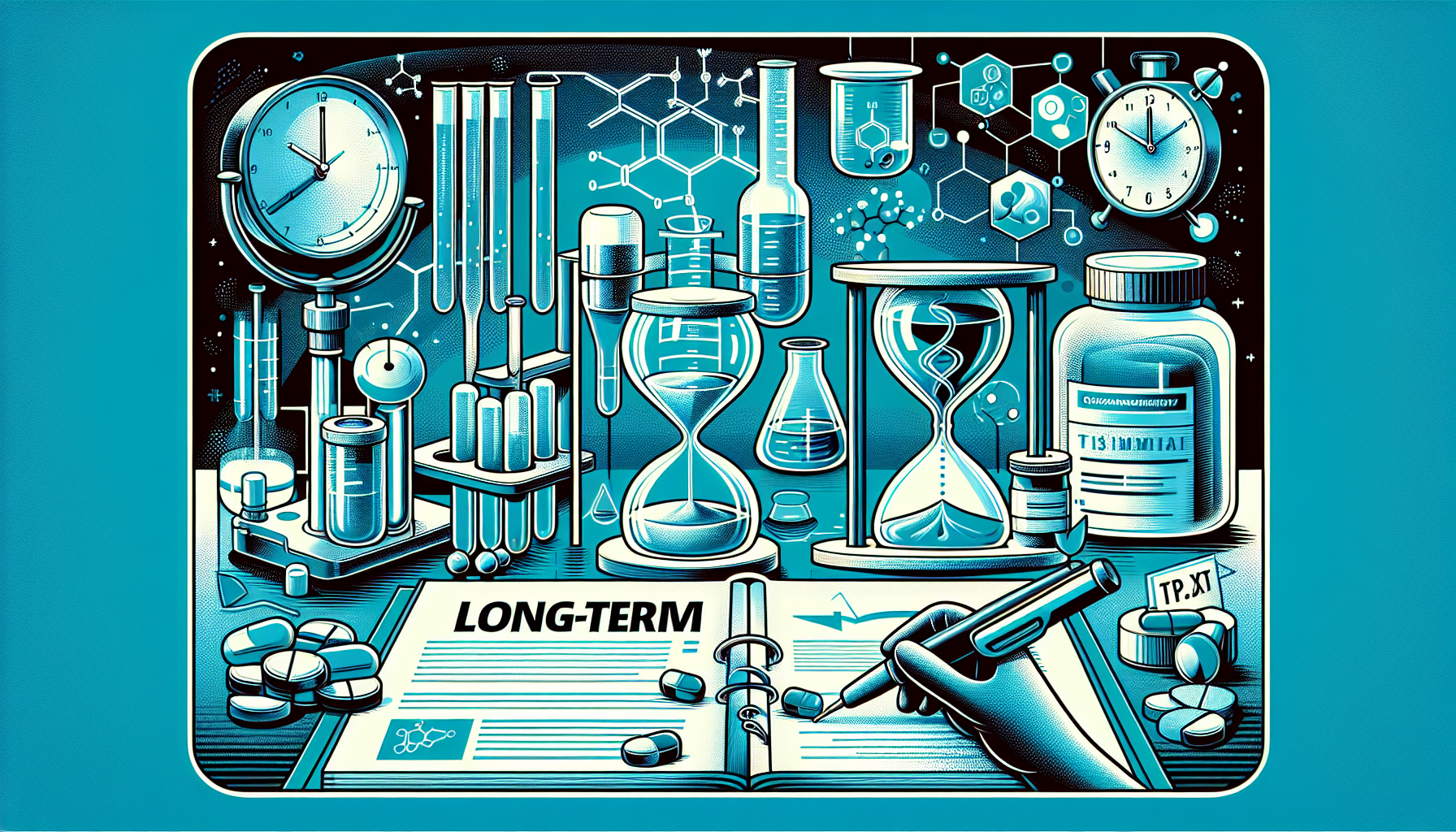Gender Differences in TNF Inhibitor Effectiveness for Axial Spondyloarthritis
Key Takeaways
- Men show better improvement in BASDAI scores compared to women.
- ASDAS scores do not significantly differ between sexes.
- Clinicians should use both BASDAI and ASDAS for a comprehensive assessment.
Did You Know?
Introduction to Axial Spondyloarthritis and TNF Inhibitors
Axial Spondyloarthritis (axial SpA) is a type of inflammatory arthritis that primarily affects the spine and the sacroiliac joints. Tumor Necrosis Factor (TNF) inhibitors are commonly used treatments aimed at reducing inflammation and disease activity in patients.
Measuring Disease Activity: BASDAI and ASDAS
The Bath Ankylosing Spondylitis Disease Activity Index (BASDAI) and the Ankylosing Spondylitis Disease Activity Score (ASDAS) are two important metrics used to evaluate disease activity in axial SpA patients. BASDAI is patient-reported and focuses on symptoms, while ASDAS includes inflammatory markers and is considered more objective.
Study Overview
A recent study published in Arthritis Research & Therapy examined the efficacy of TNF inhibitors in axial SpA patients over a one-year period. The research aimed to identify potential sex differences in treatment response according to BASDAI and ASDAS scores.
Study Findings: Differences by Sex
The study involved 1,753 adult patients from the Korean College of Rheumatology Biologics and Targeted Therapy Registry. The results showed that men were more likely to demonstrate significant improvement in BASDAI scores after one year compared to women. However, ASDAS scores did not show any significant sex-based differences in treatment response.
Clinical Implications
The findings suggest that while BASDAI scores may indicate better treatment efficacy for men, ASDAS scores provide a more uniform measure for both sexes. This highlights the need for clinicians to consider multiple metrics when assessing treatment outcomes.
Understanding BASDAI's Limitations
One reason for the disparities in BASDAI scores between sexes could be that BASDAI does not capture the inflammatory response in the same way that ASDAS does. BASDAI is entirely reliant on patients' self-reported symptoms, which might differ between men and women.
ASDAS: A More Objective Measure
The ASDAS metric, including inflammatory markers, may offer a more objective and uniform evaluation of disease activity across sexes. This could explain why no significant differences were observed in ASDAS scores between men and women.
Recommendations for Clinicians
Based on these findings, clinicians are advised to employ both BASDAI and ASDAS metrics when assessing the effectiveness of TNF inhibitors in axial SpA patients. This approach can provide a more comprehensive understanding of how different patients respond to treatment.
Future Research Directions
Further studies are necessary to explore the underlying reasons for the sex differences observed in BASDAI scores and to validate the use of ASDAS as a more reliable measure of treatment efficacy.
Conclusion
The study underscores the importance of using multiple disease activity scores to assess treatment efficacy in axial SpA. Understanding the differences in how men and women respond to TNF inhibitors can lead to more personalized and effective treatment plans.





